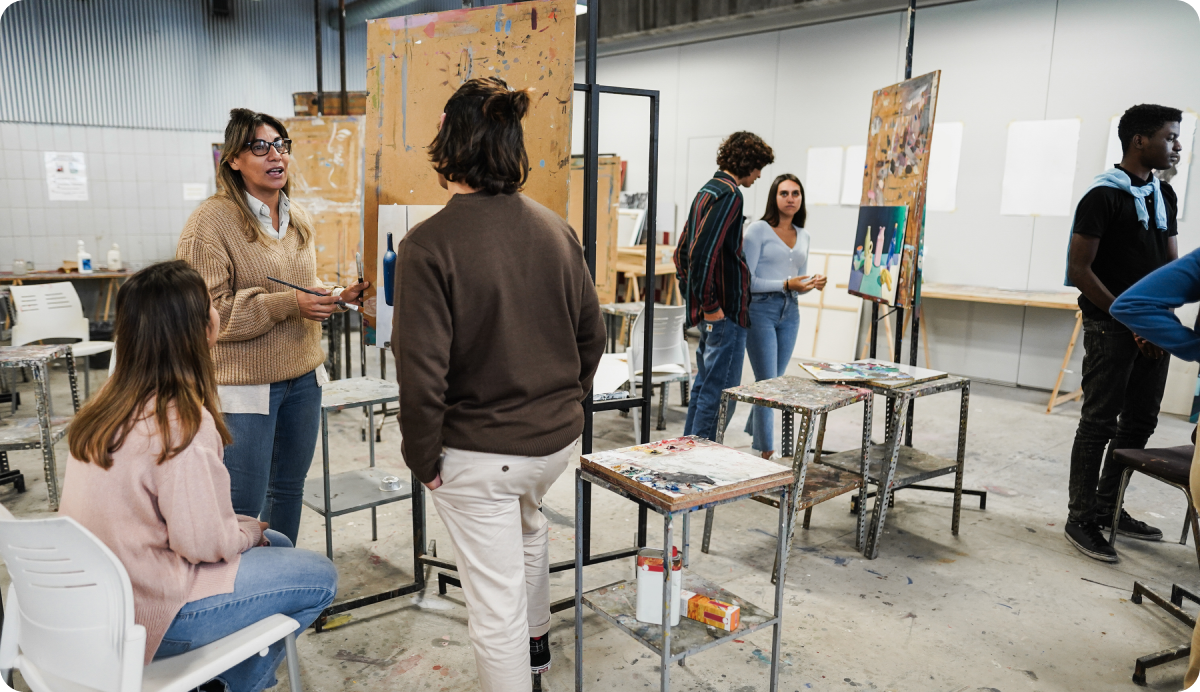

- Higher Education
- K12
- Professional
- Pricing
- Resources
-
-
-
CONTENT TYPE
-
-
-
NEW FEATURE
-
-
-
-
- Login
- Global
- CONTACT SALES EXPLORE GOREACT
Higher Education

Refining teaching methods is essential to cultivating well-rounded and capable graduates. In the humanities disciplines, where insights into human culture, society, and expression take center stage, the conventional methods of assessment might sometimes fall short in capturing the depth of students’ abilities.
This is where authentic assessment comes into play, offering a transformative approach to evaluating student learning. In this blog, we’ll delve into the nuances of authentic assessment, provide concrete examples tailored to various humanities courses, such as English, history, philosophy, and explore the invaluable benefits of adopting this strategy in your instructional practice.
Authentic assessment refers to the evaluation of students’ skills and understanding through tasks that closely mimic real-world challenges and contexts. Unlike traditional assessments that are often limited to memorization and regurgitation of facts, authentic assessments call for critical thinking, creativity, and the application of knowledge to solve complex problems. These assessments mirror the types of challenges students will encounter in their future careers or daily lives, making the learning experience more relevant and meaningful. With the accessibility of AI tools, like ChatGPT, instructors and academic leaders across every discipline are looking for ways to redesign assessments so that they can’t be completed by AI tools. Recognizing that students need to be prepared for jobs where AI is integrated, in many cases, instructors don’t have a goal of banning the use of AI tools, but instead are revamping their assignments to require students to demonstrate understanding and critical thinking when completing their assessment.
In fact, see how learning to use AI is rising as an in-demand skill.

To effectively implement authentic assessments, educators must have the right tools, and these tools must simplify the creation and facilitation of assessments. In today’s digitally-driven educational landscape, video is an effective tool for facilitating engaging and authentic assessments. Platforms that allow students to record, share and view videos and can seamlessly integrate into other online learning systems, like an LMS, are most effective.
Through video students can demonstrate their learning, showcase research, critical analysis and communication skills. Video also encourages reflection and feedback, beginning with the student being able to watch their own videos and identify areas for improvement, and share with peers, allowing for collaborative review and analysis. Instructors can provide targeted feedback that is personalized, enhancing the learning experience.
With video, assessments can focus on allowing students to practice and demonstrate learning, such as:
See how to add authenticity to traditional assignments such as research papers and technical writing assignments.
By narrowing the gap between theory and practice, authentic assessments increase engagement and nurture critical skills and competencies needed after graduation. With the incorporation of authentic assessments, students become analytical thinkers, adept communicators, and problem solvers.